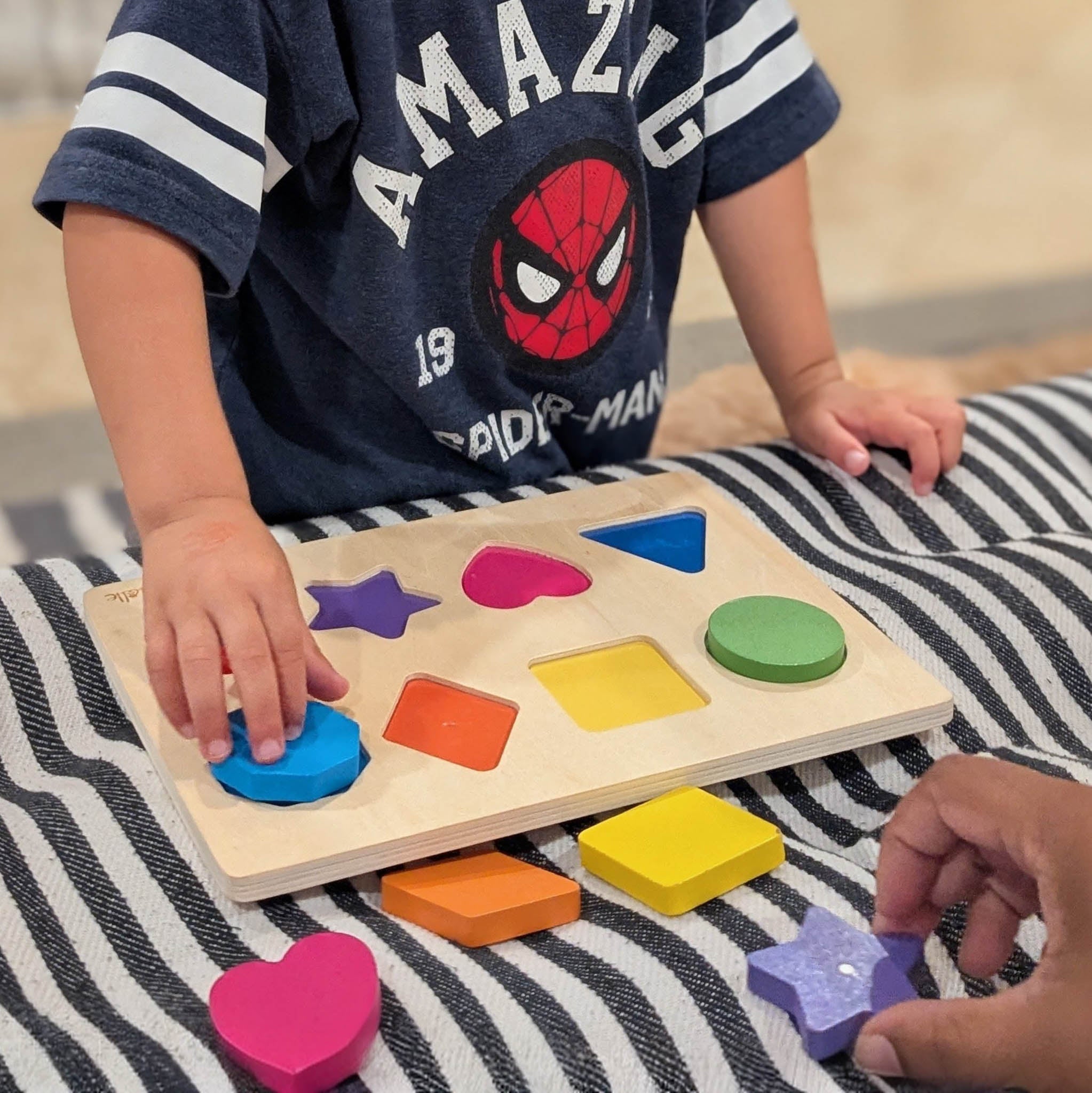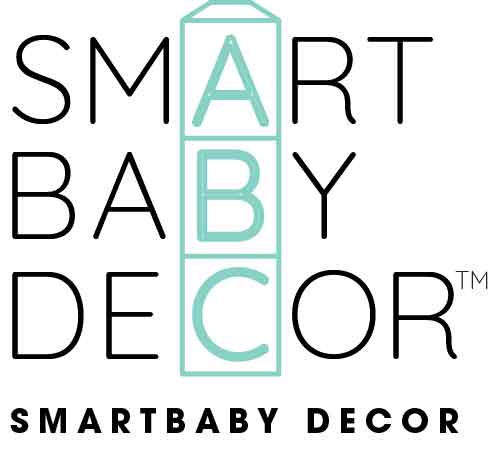Article: 5 Easy Ways to Boost Your Child’s Development Through Play

5 Easy Ways to Boost Your Child’s Development Through Play
Playing with your baby, toddler, or school-aged child is one of the best ways to support their development, strengthen your bond, and, of course, have some fun! Here are a few easy ways to super charge popular family games to make them extra brain-boosting! I use these techniques with my patients during vision therapy, but they’re easy to incorporate at home to build vision and learning skills with your own kiddos.
1. Add a “sneak peek” to memory game
In traditional memory games, you start with all the cards face down. A player picks two random cards, flips them over, and then turns them over again if the cards don’t match. It’s already an amazing way to boost something called visual memory. Take it one step farther by offering your little opponent a sneak peek! Start with the cards face up and give them 3-5 seconds to look at them all. You’ll often get some giggles and excitement at being allowed to “cheat”. Then turn them all over and start matching! Seeing all the cards at once encourages eye scanning, memory, and visual spatial skills beyond how the game is traditionally played.
2. Try rotations during matching activities

Speaking of matching, if you have a toy or activity where your child has to identify two of the same items, try rotating one of them. I’ll give you an example, we have a wooden puzzle of classic shapes (triangle, heart, star, circle etc.). I start with all the pieces off the board, and my toddler takes them and places them on the matching spot. For shapes that I can rotate, like the heart, I often put it upside down on the table. It’s a subtle change, but it requires his brain to do a little “flip” to know it’s the correct shape. This nuance actually uses a totally different learning pathway in the brain. It’s a great way to make a big impact with an easy modification.
Note: Some shapes like squares, rectangles, or ovals, are best when rotated 45 or 90 degrees instead of 180 (for example, you’d want to rotate a square by 45 degrees to create a diamond). Also, this won’t work for shapes like circles that are the same when rotated. Remember, you can use this on pictures, complex shapes, and lots of other objects too!
3. Use proximity and direction during I Spy
While playing I spy, try adding a detail like “I spy with my little eye, something that is purple, and close to me.” Or “I spy with my little eye, something that is round, and to my left.” Left and rights are more appropriate for school-aged children, but proximity will work for toddlers and helps them start judging distance. Of course, these modifications may not work if you’re playing in the car, so save them for stationary I Spy sessions!
4. Layer a laterality challenge into Simon Says
Lefts and rights are a difficult concept to grasp and aren’t typically understood by children under the age of 5. However, it’s still good practice to incorporate lefts and rights (also known as the skill of “laterality”) as early as possible! Typical Simon Says commands might be “Simon Says, raise your arm!” Instead, try “Simon says, raise your right arm!” To be even more tricky, incorporate another person. Something like “Simon says, touch my left elbow.” It’s extremely challenging and a great way to get a giggle whether they are right or wrong!
5. Try some sequencing during arts and crafts
Whether you are drawing, painting, or doing something like adding beads to a string, anytime you can create a sequence or pattern, see if your little one can predict what comes next. If you put an orange, red, and green bead on a string in that order, start the sequence over with orange again, and see if they can tell you what comes next. If you’re drawing, try switching the colors or the shape you’re drawing and create a pattern they have to finish. This “predictive” thinking is another skill beyond the fabulous hand-eye coordination you are practicing by doing arts and crafts in the first place!
My disclaimer to all these tips is to listen to your child and only do what you think will be fun and developmentally appropriate (not frustrating). I had many dreams of being a parent who does tons of arts and crafts with my toddler. Lo and behold, he has no interest in picking up a pen, paint brush, crayon, marker, you get the idea. He is, however, into puzzles and matching, so I lean into that! Hopefully these tips give you a few simple ideas on how to boost games you’re probably already playing. Now, you can give yourself a pat on the back for making them even better for your little one’s development.





Leave a comment
This site is protected by hCaptcha and the hCaptcha Privacy Policy and Terms of Service apply.